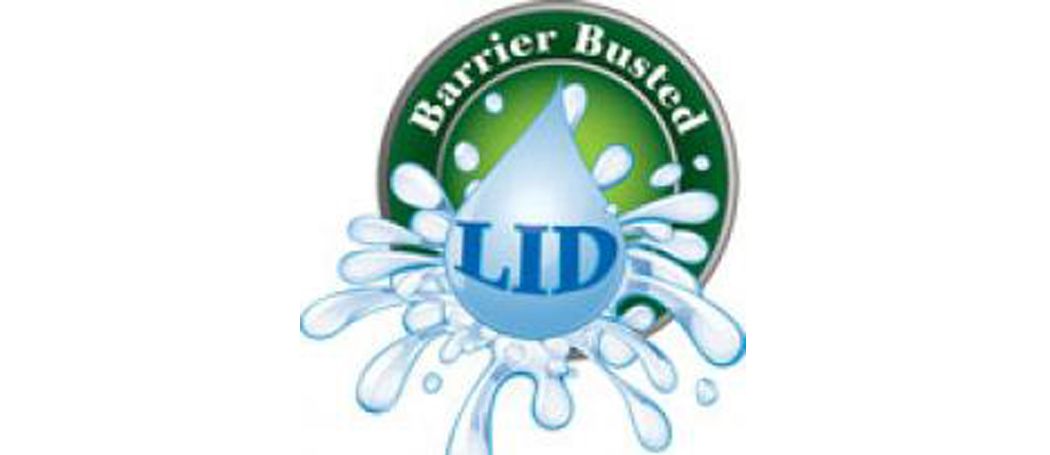Managing Stormwater with LID Techniques
To clarify, LID is not something you place on top of your trashcan to keep out unwanted canines. Since the buzz word, or phrase I should say, has come up in a few of our previous blog posts, I thought it would be worth a brief survey. Low-Impact Development (LID) is a design and planning scheme that utilizes green infrastructure and stormwater management techniques to mimic the pre-development hydrologic regime of a site. Five fundamental aspects of LID include:
- Using hydrology as the integrating framework of development.
- Managing stormwater on a small scale.
- Controlling stormwater near its source.
- Using nonstructural methods when possible.
- Developing a landscape that can serve various functions.
Within this framework, best management practices (BMPs) mitigate stormwater impacts by reducing impervious surface and addressing associated runoff. This is accomplished by managing stormwater on-site by decreasing hard paved surface area, encouraging subsurface infiltration and evapotranspiration, and safely controlling the release of stormwater to receiving bodies during larger rain events. LID principles actively combine these techniques to protect and restore natural areas and receiving water bodies. Under LID, identifying and preserving sensitive areas that affect hydrologic regime is the first step integrating hydrology into planning and the subsequent development process. Target conservation areas related to stormwater include streams, their vegetated riparian areas, groundwater recharge areas, high infiltration soils, wetlands, floodplains, and steep slopes.
LID principles apply to stormwater management in a number of ways. While the traditional approach to stormwater management involves conveying rainfall to receiving streams through a separate storm sewer system, this alternate approach seeks to disconnect stormwater from the traditional storm drain system. Through the use of stormwater control measures such as vegetative filter strips, rain gardens, and grassy swales, rainwater is drawn into the soil before it reaches a street side gutter or sewer. Considering this, the aim in achieving disconnection of hard surfaces should be complete retention of runoff from small rain events for infiltration, evapotranspiration, or reuse. Complete disconnection of an impervious surface could be achieved if the frequency of runoff from the surface is no greater than that of the same parcel of land in its pre-development condition. This may only be achieved through the installation of highly functional and well-designed stormwater facilities and treatment practices.
As LID principles integrate into infill development and redevelopment, stormwater control measures and BMPs will invariably evolve and multiply. Although successful planning for surface drainage needs to be incorporated into site plans at the early stages of construction, continued monitoring and maintenance of each BMP will ensure longevity of investment. Through regular maintenance and repair these low impact development strategies will nurture the functional, aesthetic, and safe environments for which they seek to perpetuate.
http://water.epa.gov/polwaste/green/
----
John Page
Compliance Manager
